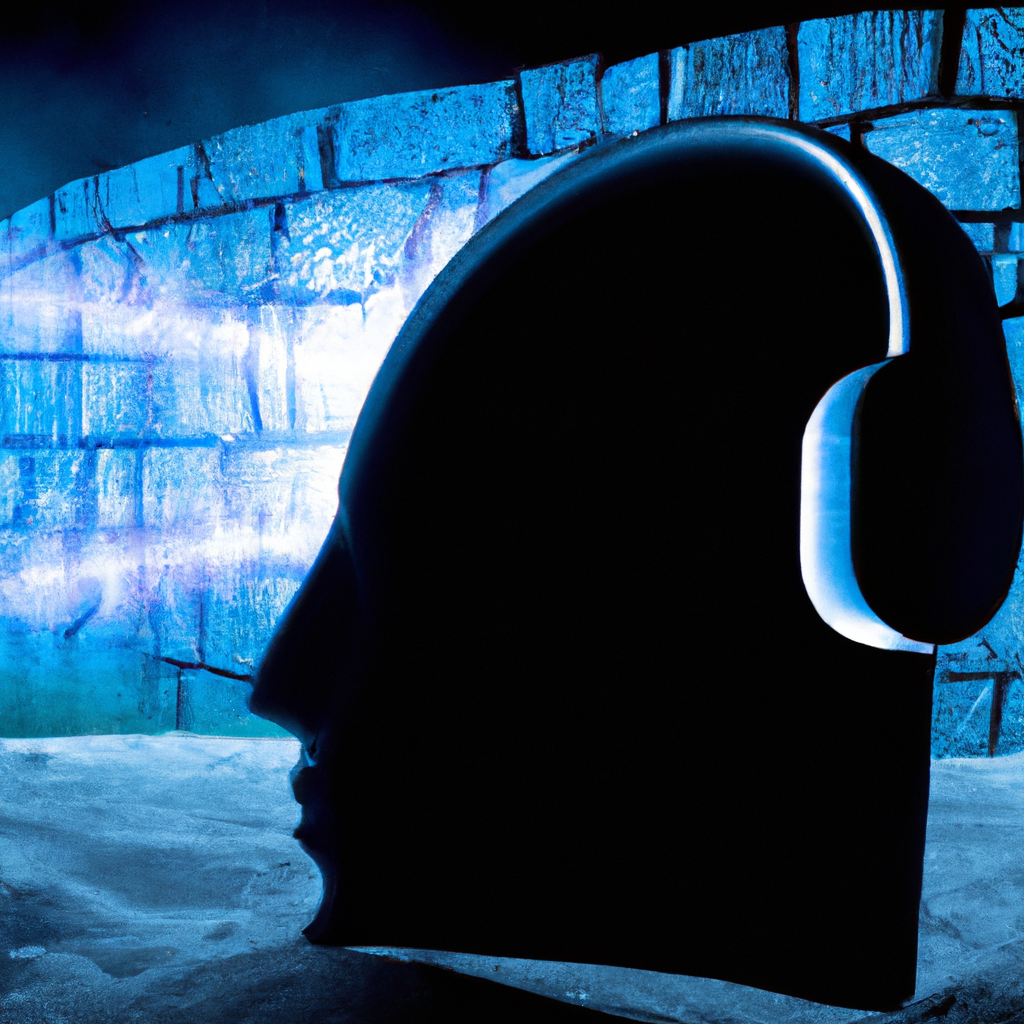Unearthing the Depths of Immersive Sound: A Journey into Binaural Audio Techniques
Recreating the encompassing experience of real-life sound is at the heart of binaural audio technology. In this post, we will delve into what binaural audio is, how it operates, and the reasons why you should consider exploring it yourself.

Recreating the encompassing experience of real-life sound is at the heart of binaural audio technology. While surround sound has captivated audiences with its multidirectional audio for decades, binaural audio, an equally potent technique that utilizes only two audio channels, has emerged as a game-changer. In this article, we will delve into what binaural audio is, how it operates, and the reasons why you should consider exploring it yourself.
Understanding Binaural Audio:
The marvel of binaural audio lies in its ability to provide heightened immersion with fewer sound sources. This phenomenon banks on the principle that replicating the same audio conditions as a listener can create a remarkably realistic 3D effect through stereo playback. By positioning a pair of microphones at the same distance as human ears, we can mimic the way our ears perceive and process incoming sound waves.
Recording with a Dummy Head:
A practical method employed in binaural audio recording involves the use of a "dummy head," a mannequin-like structure outfitted with microphones within its ears. This setup accounts for how sound waves travel and bounce off various parts of the human body before reaching the ears. However, it is essential to acknowledge that each person's unique anatomy, including the shape of their pinnae, head, and shoulders, can influence the final recording and its realism. For those on a budget or seeking a creative DIY project, we offer a guide on creating a homemade dummy head binaural microphone at a fraction of the cost.
Listening to Binaural Recordings:
To fully experience the magic of binaural audio, headphones are crucial. Our brains have evolved to interpret the distance and location of sounds based on differences perceived by each ear, known as inter-aural time and level differences. Loudspeakers cannot replicate this sensation accurately, whereas headphones maintain the necessary isolation between left and right audio channels to mimic our real-world auditory perception.
Benefits and Applications:
The benefits of binaural audio are extensive, especially in musical and immersive contexts. Renowned songwriter and producer J. Views showcased the potential of binaural audio in his creation of sample packs, capturing natural soundscapes with a dummy head in the countryside. From forests to symphonies, binaural recording shines when capturing complex, evolving audio. Additionally, content creators specializing in ASMR (Autonomous Sensory Meridian Response) have embraced binaural techniques to evoke tingling and euphoric sensations through whispered audio. Combining headphones, already essential for ASMR, with binaural recording techniques enhances the overall experience.
In summary, binaural audio is a recording method that emulates the natural way humans perceive sound. Although cutting-edge technologies like Dolby Atmos still dominate the cinematic experience, binaural recording gains traction in the realms of video games and virtual reality, as developers strive to achieve sonic and visual immersion. With just two ears, binaural audio opens a world of possibilities.
Keep expanding your knowledge of audio technology:
- Discover more comprehensive guides on audio technology.
- Learn about the frequency domain and its applications in audio repair and music composition.
- Gain insights into dithering, a technique that enhances digital audio quality despite adding noise to the waveform.
- Explore the growing field of data sonification and how it enables us to represent information using sound, at the forefront of current research.
